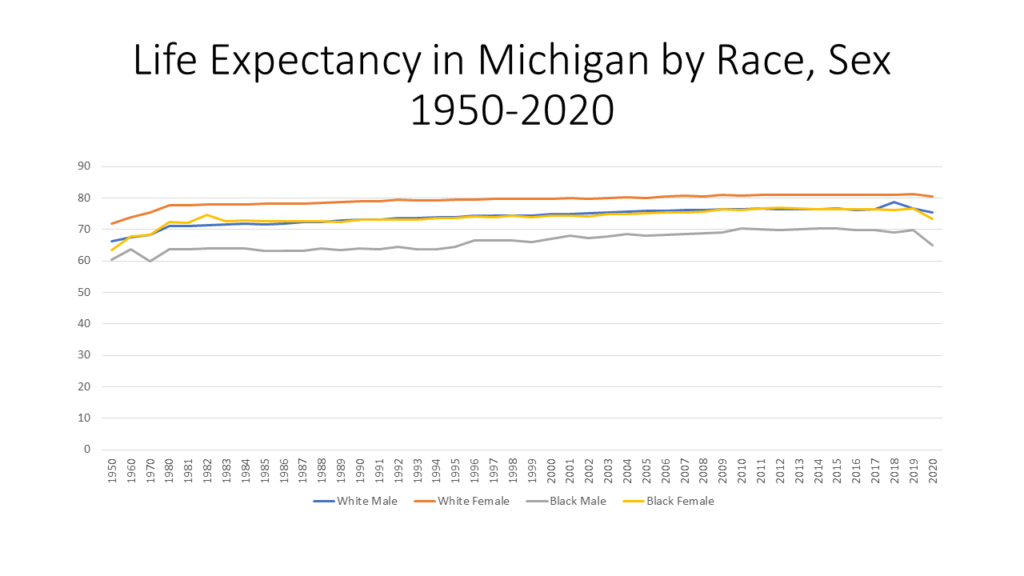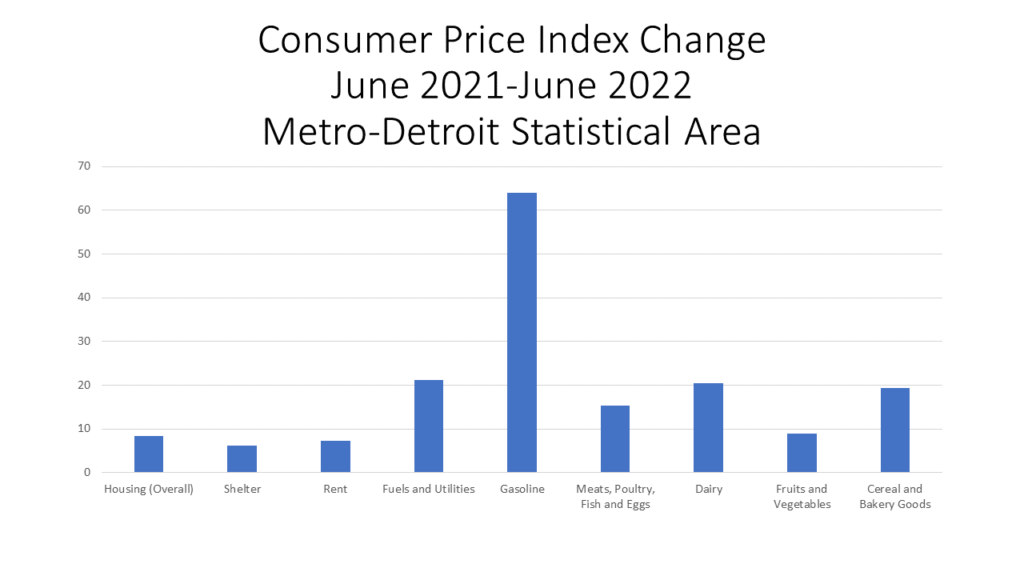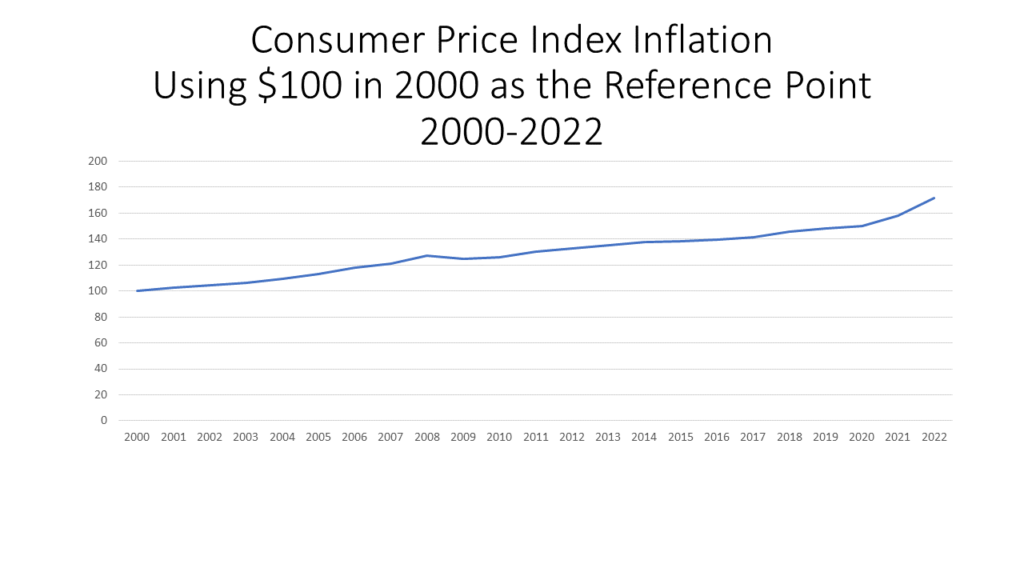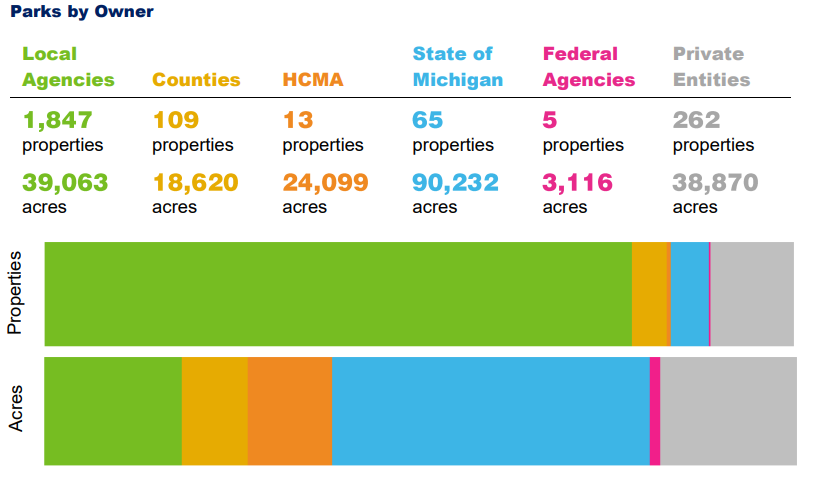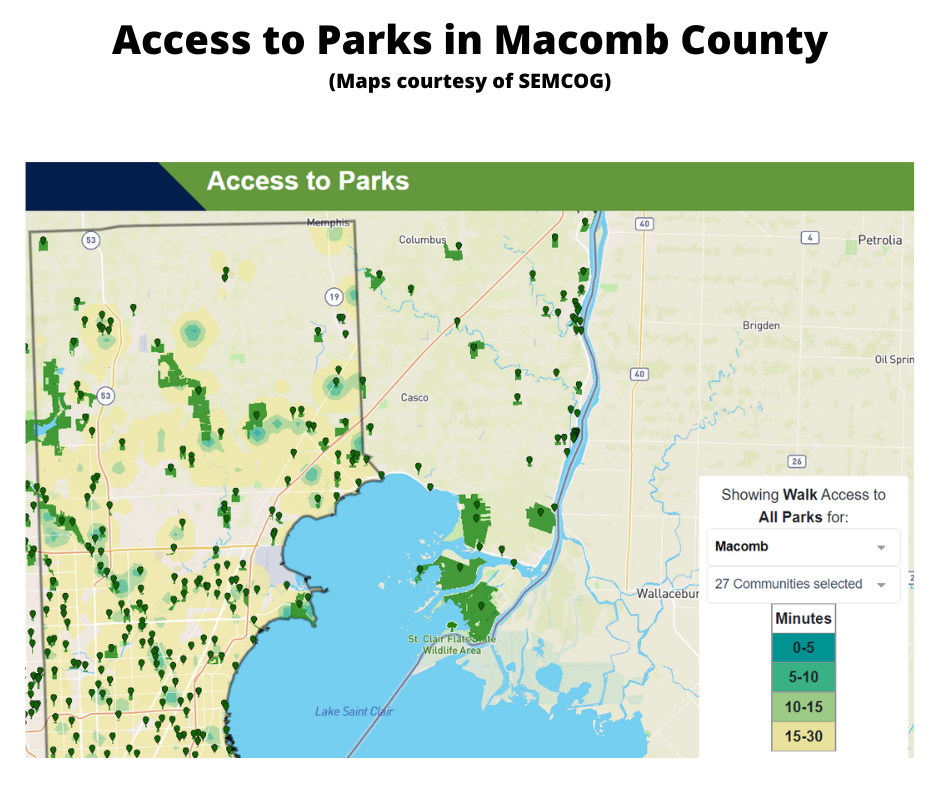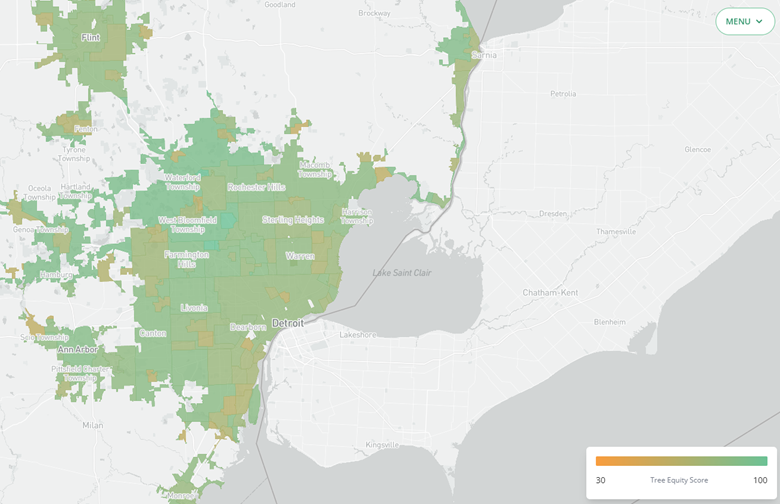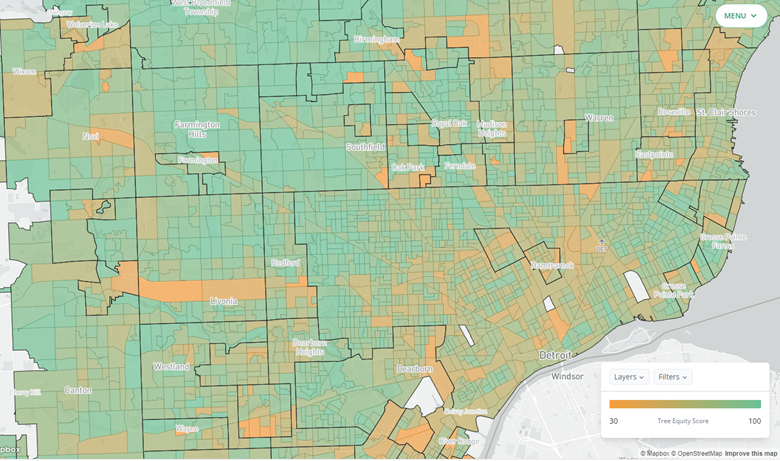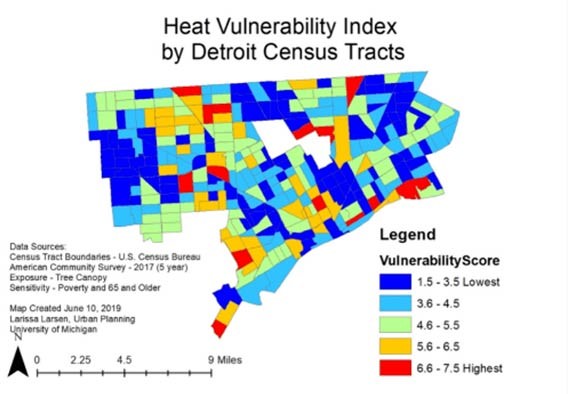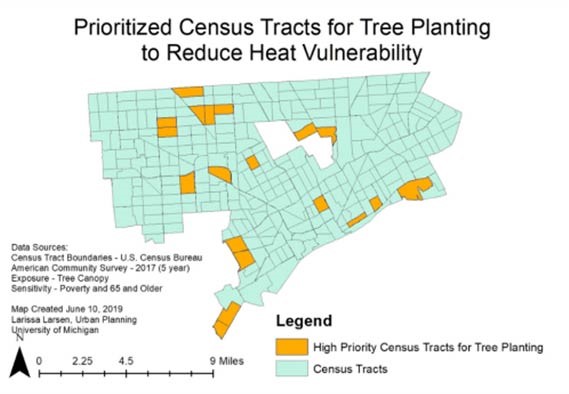In 2020, Michigan’s primary energy consumption was 2,610.6 trillion British Thermal Units (BTU), the lowest it has been since 1984 when it was at 2,597.4 trillion. This total consumption number is based on all categories of energy, including (but not limited to) coal, petroleum, natural gas and renewable energy sources. Between 1984 and 1999 energy consumption in Michigan continued to regularly increase; in 1999 Michigan’s total energy consumption was 3,227.4 trillion BTU. Since then, Michigan’s energy consumption decreased to 2,610.6 trillion BTU in 2020. In 2020 Michigan ranked 10th in total energy consumption out of the 50 states and the District of Columbia (this includes residential, commercial, industrial and transportation).
The decrease can be linked to several factors including, Michigan’s population decrease, the commercial sector becoming more energy savvy, the implementation and use of Utility Waste Reduction Programs and an overall awareness on energy consumption and its environmental and financial impacts.
However, while energy consumption is declining in Michigan, energy use is still a key factor in everyday life. The chart below highlights some of the key energy sources consumed in Michigan in 2020.
**The data provided in this post is from the to the U.S. Energy Information Administration (EIA) and can be found here.***
In the State of Michigan, petroleum is the most highly consumed form of energy, according EIA. In 2020, 1,010.9 trillion (BTU)s of petroleum were consumed in the State of Michigan with natural gas being the second highest consumed energy source at 1,003.4 trillion BTUs. For context, , petroleum represents the use of motor gasoline, distillate fuel oil, residual fuel and jet fuel and natural gas is used for heating, electricity and industrial use. One of the largest energy sources produced in Michigan is natural gas.
Coal was the third largest type of energy consumed in Michigan in 2020 at 334.4 trillion BTUs. Although coal is the third largest type of energy consumed in Michigan, coal fired-power plants provide the largest share of the electricity generated in Michigan. However, Michigan has no active coal mines, most of the coal consumed in the state is brought in by rail from the west.
Renewable energy consumption in Michigan is not even half of the consumption of petroleum, natural gas or coal, but there are continuous strides to utilize it as a reliable energy source. Biomass, all together, was the largest consumed renewable energy source in Michigan at 157.7 trillion BTUs in 2020. Biomass includes organic matter such as wood or crop waste. Wind energy is the second largest consumed renewable energy source in Michigan at 59.1 trillion BTUs.

Some key takeaways include:
Petroleum: There has been an overall increase of usage since 2012, when it was reported that 787.2 trillion BTUs were consumed. Prior to 2012, use of petroleum remained steady between 2000 and 2005. Consumption then began to drop to the 2012 low point. This pattern of decline, then resurgence, is one that follows economic activity related to the Great Recession. We will likely see a decline in consumption for 2021, and even 2022, in reflection of the pandemic and its economic impacts.
Natural Gas: Consumption of natural gas hit a low point in 2009 at 750.8 trillion BTUs. Since then though, consumption steadily increased through 2019. In 2020 there was a slight decrease, with consumption dropping from 1,055 trillion BTUs in 2019 to 1,003.5 trillion BTUs in 2020.
Biomass: Consumption of biomass as an energy source steadily increased between 2002 and 2018. In 2002 81 trillion BTUs of biomass was consumed and by 2018 that number increased to 175.7 trillion BTUs. Since 2018 consumption has been slowly declining. A decrease in consumption of wood and waste and fuel ethanol were the largest contributors to that decline.
Geothermal: The consumption of geothermal as an energy source steadily increased from 2000 to 2011, (from 1.2 trillion BTUs to 5.1 trillion BTUs) and has since leveled off, with 5.2 trillion BTUs being consumed each year between 2012 and 2020.
Wind: Consumption of wind power energy in Michigan truly took off in 2009 and has only increased since then, with the 2020 consumption number being 59.1 trillion BTUs.
Solar and hydroelectric: Solar and hydroelectric are the lowest consumed renewable energy sources in Michigan. According to the EIA, 3.2 trillion BTUs of solar energy was consumed in Michigan in 2020; this is an increase from the 0.2 trillion BTUs consumed in 2000. This was also the highest amount consumed to date.
Consumption of hydroelectric energy has been erratic, with consumption of this energy source fairly consistently increasing since 2012.








Even with renewable energy policies in place, the data presented here indicates that carbon dioxide producing fossil fuels are likely to continue to dominate energy consumption for many decades. Policy makers must take stronger, more immediate approaches to address the dangers of climate change, which directly impacts our environment, economy and children.

